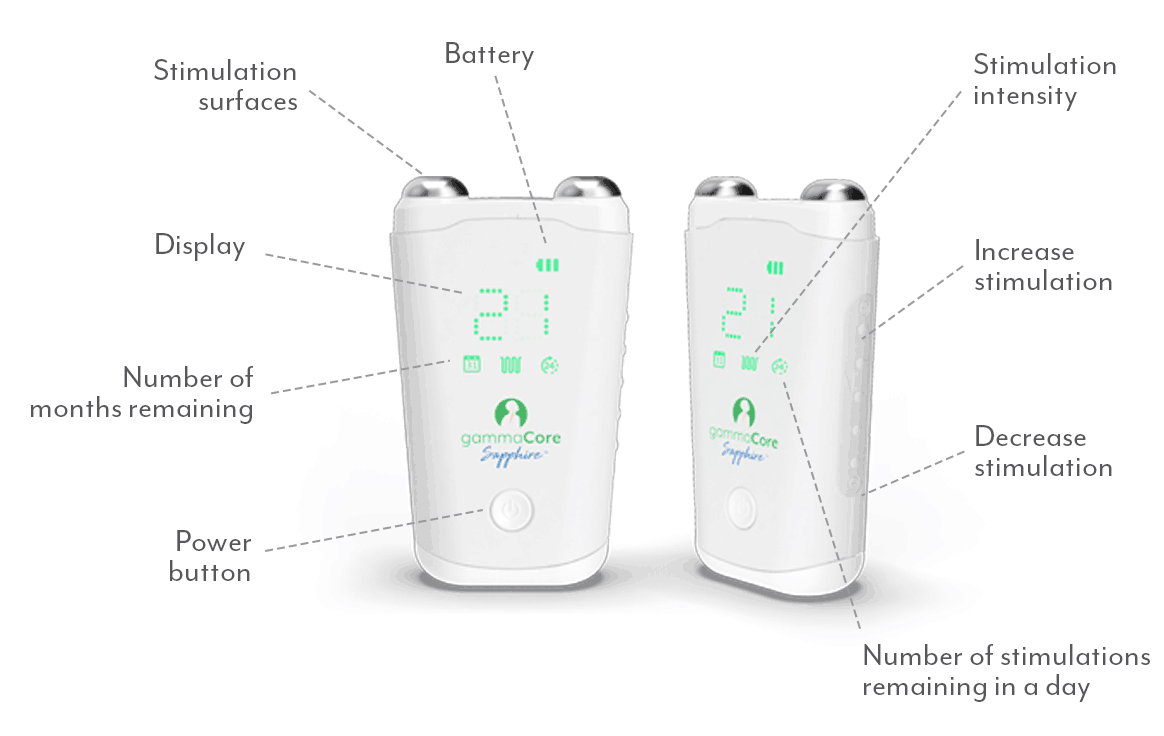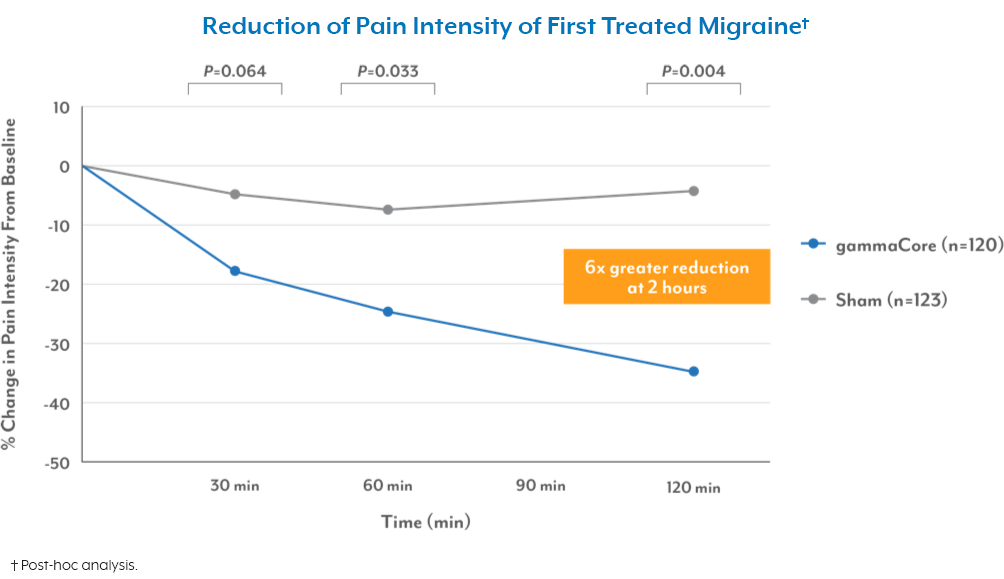
If you live with migraine, you may have experienced a strange and frustrating kind of pain, one where even the lightest touch, a gentle breeze, or brushing your hair feels unbearable. This sensitivity has a name: allodynia. While it might sound unfamiliar, it’s actually a common migraine symptom that often flies under the radar.
In this post, we’ll break down what allodynia is, why it happens, and how you can manage it if you live with migraine.
What Is Allodynia?
Allodynia is a condition where normally non-painful stimuli cause pain. That means things that wouldn’t normally hurt, like touching your skin, wearing glasses, or resting your head on a pillow, suddenly become uncomfortable or even excruciating.
Allodynia isn’t a disease itself, but rather a symptom of something else going on in the nervous system. In people with migraine, it often shows up during or just before an attack, but in some cases, it can linger long after the migraine subsides.
There are three main types of allodynia:
- Tactile (touch) allodynia: Pain from light touch or pressure, like combing your hair or wearing a hat.
- Mechanical allodynia: Pain from movement across the skin, like putting on clothes or taking a shower.
- Thermal allodynia: Pain caused by temperature changes, like a cool breeze or a warm compress.
Why Does Allodynia Happen?
Researchers believe allodynia is caused by sensitization of the nervous system, particularly the brain and spinal cord.[i] In the context of migraine, this means that the brain becomes overly responsive to sensory input, even for things that wouldn’t normally register as painful.
Imagine your nervous system has a “volume knob” for pain. During a migraine, that knob gets turned way up. So instead of filtering out normal sensations, your brain interprets them as threats, resulting in allodynia.
Some studies suggest that once allodynia develops during a migraine, it can make the migraine more resistant to treatment.[ii] That’s why it’s important to understand and recognize this symptom early, and to focus on preventive treatments. (More on this later.)
How Common Is Allodynia?
Allodynia is more common than many people realize. In fact, researchers estimate that as many as 70% of people with migraine experience some form of allodynia.[iii]
It’s also more likely to occur in people who:
- Have frequent or chronic migraines.
- Have had migraines for many years.
- Are female (hormonal changes may play a role).
- Experience depression or anxiety.
Unfortunately, many people don’t realize their skin sensitivity is related to their migraine, and it often goes undiagnosed.
Tips for Managing Allodynia
There’s no one-size-fits-all fix for allodynia, but there are strategies that can help reduce its impact:
- Track your symptoms. Keep a migraine diary to note when allodynia occurs, what triggers it, and how long it lasts. This can help your doctor understand your pattern and make better treatment recommendations.
- Avoid known triggers. If certain textures, clothing, or temperatures worsen your pain, try to steer clear of them during and around migraine attacks.
- Act early. Treat your migraine as soon as symptoms start. Studies show that early treatment can help prevent central sensitization and the development of allodynia.
- Talk to your doctor. If you suspect you’re experiencing allodynia, don’t keep it to yourself. It’s an important part of your migraine picture and may require a different approach to treatment.
The Importance of Preventive Treatment for Allodynia
When it comes to allodynia, prevention can be just as important as treatment. Because allodynia is often triggered by the progression of a migraine attack, stopping the migraine before it escalates can help prevent allodynia from developing in the first place. That’s why preventive treatments—whether they’re lifestyle-based, medication-driven, or device-assisted—can make a meaningful difference. By reducing the number and severity of migraine attacks overall, you may also reduce your chances of experiencing allodynia. For people with frequent or chronic migraines, working with a healthcare provider to build a preventive plan is a crucial step toward better daily comfort and long-term relief.
Relief That Targets the Nervous System
Since allodynia is linked to nerve sensitivity, finding relief often means calming the nervous system. That’s where gammaCore™ non-invasive vagus nerve stimulator (nVNS) may help. This handheld device works by gently stimulating the vagus nerve, which is a key player in the brain’s pain pathways. gammaCore nVNS is clinically demonstrated to help prevent migraine and reduce the frequency and intensity of attacks, and because it targets the nervous system directly, it may offer support for symptoms like allodynia. gammaCore is also drug-free, portable, and easy to use, which makes it an appealing option for people looking for more control over their migraine symptoms.
Living with allodynia can feel isolating and confusing, especially when simple touches cause pain. But you’re not alone, and with the right tools, you can take steps to feel better. From tracking symptoms to exploring new treatment options like gammaCore, relief is possible.
Talk to your health care provider to see if gammaCore is right for you, or visit our clinic finder to help locate a health care provider near you. For additional information, contact our dedicated Customer Experience team at 888-903-2673 or customerservice@electrocore.com.
References
1. He, Y., & Kim, P. Y. (2023). Allodynia. StatPearls Publishing. https://www.ncbi.nlm.nih.gov/books/NBK537129/
2. (n.d.). What Allodynia Tells us About Migraine: Q&A With David Dodick, MD, FAHS. American Headache Society. Retrieved July 22, 2025, from https://americanheadachesociety.org/research/library/what-allodynia-tells-us-about-migraine-q-a-with-david-dodick-md-fahs
3. (2019, February 7). What to Know About Allodynia. American Migraine Foundation. Retrieved July 22, 2025, from https://americanmigrainefoundation.org/resource-library/what-to-know-about-allodynia



